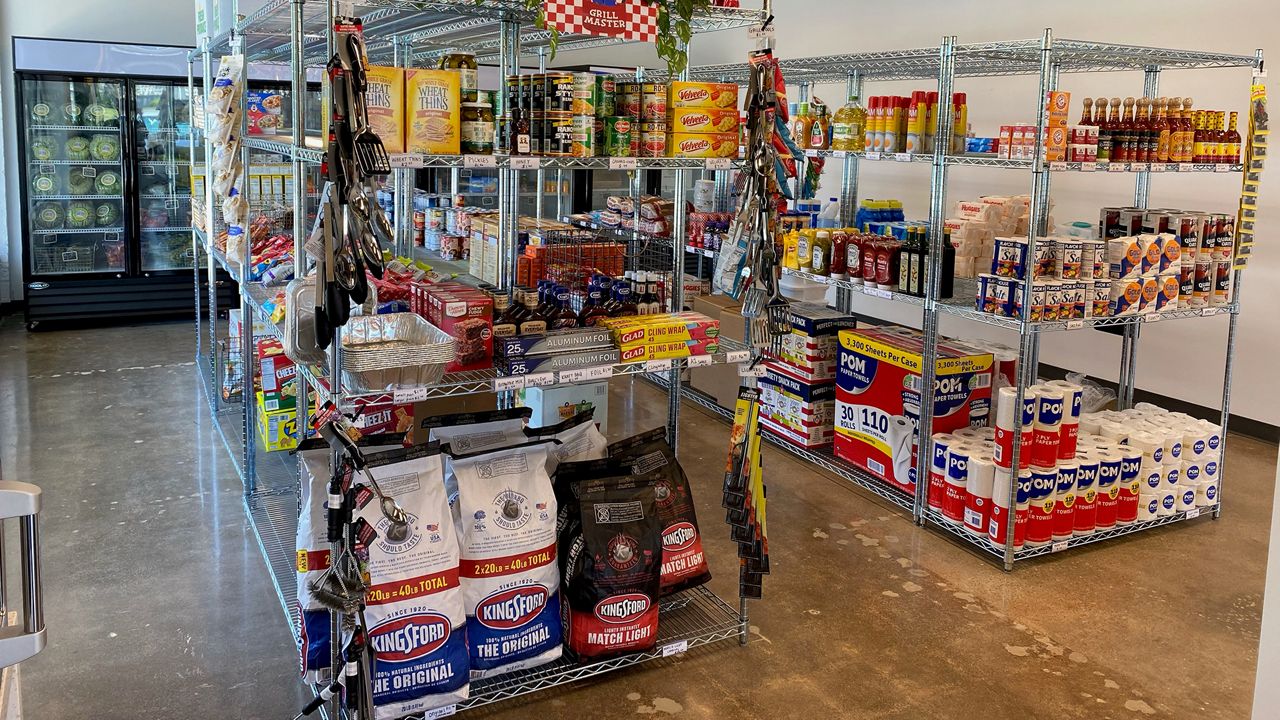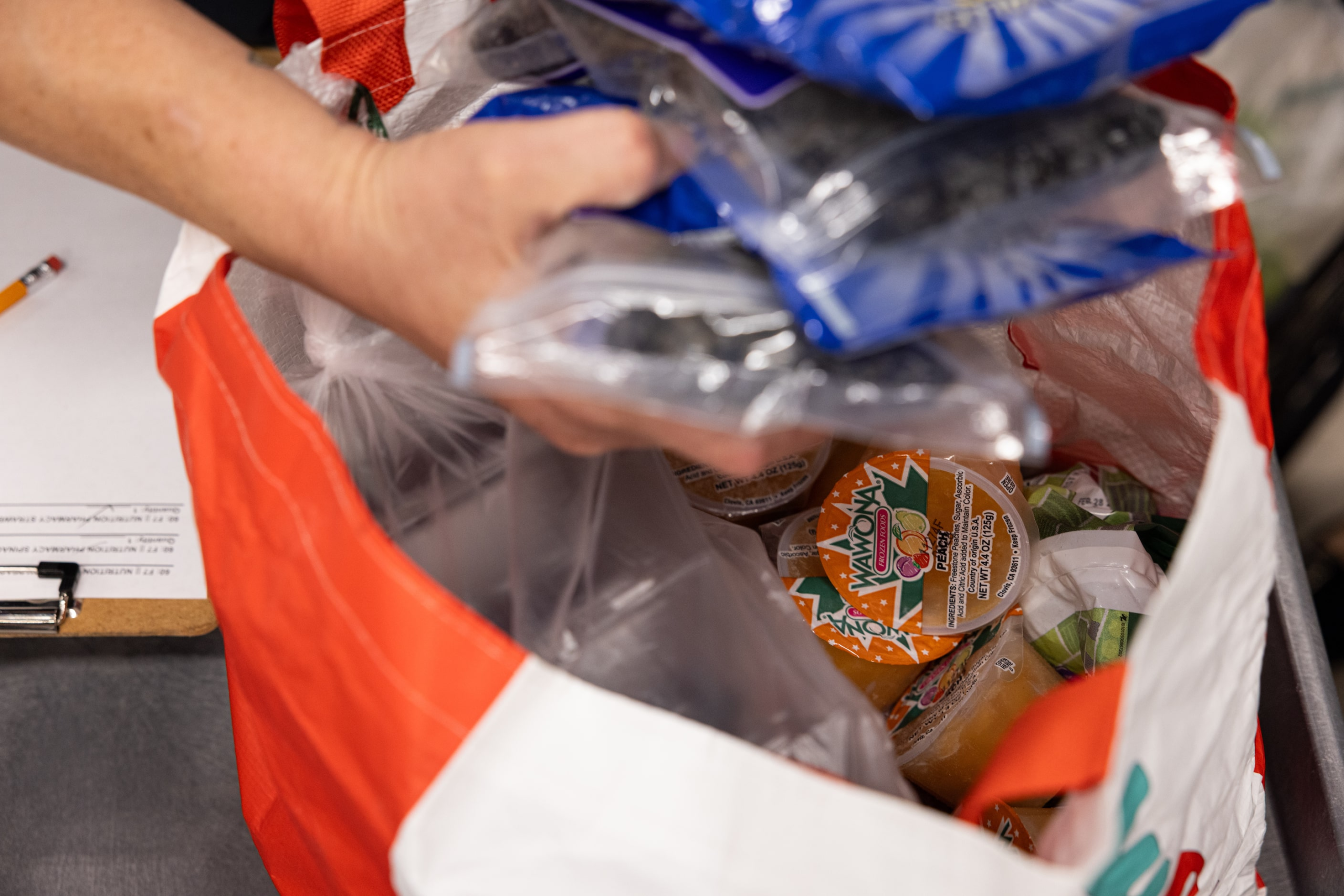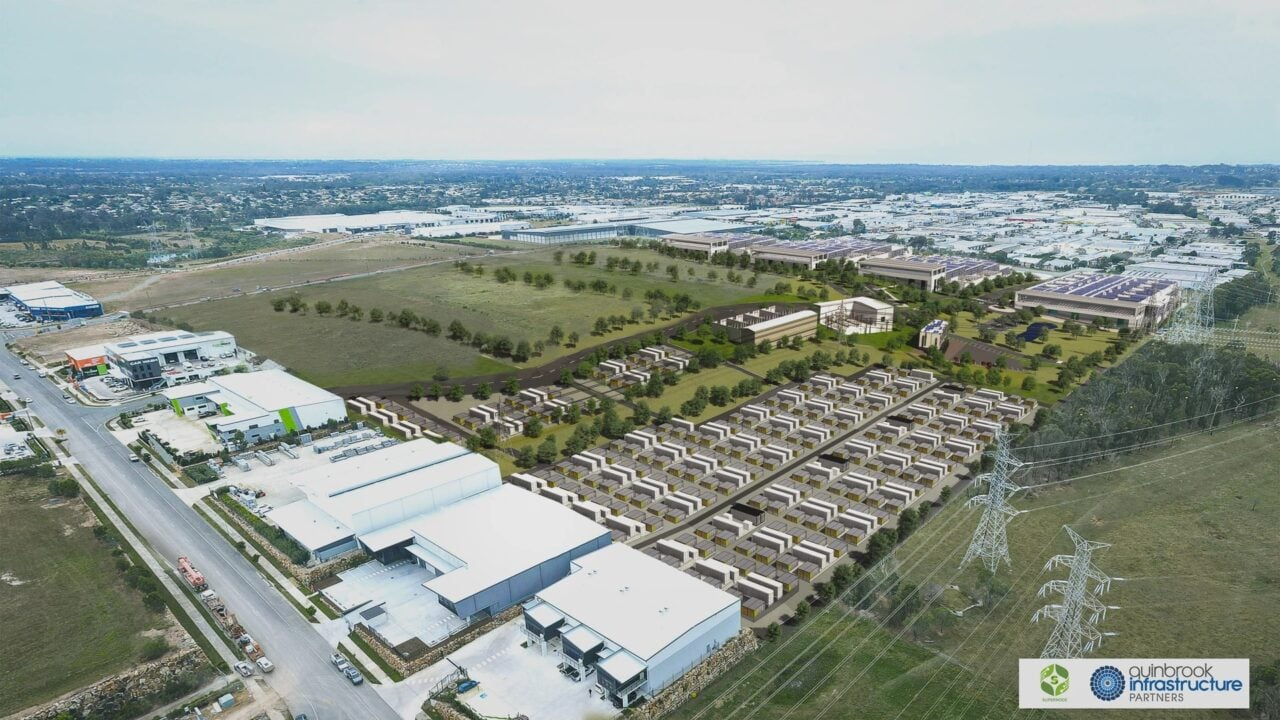In the heart of Dallas, a city marked by stark contrasts between affluence and deprivation, a quiet revolution is taking place—not in the corridors of hospitals or the halls of government, but in the humble aisles of RedBird Nutrition Pharmacy. This innovative establishment is more than just a pharmacy; it is a beacon of hope confronting one of the most intractable public health challenges of our time: food scarcity and its cascading impact on health disparities. The story of RedBird is emblematic of a growing recognition that health outcomes are deeply intertwined with the social determinants of health, particularly access to nutritious food.
For decades, public health experts and policymakers have acknowledged that food insecurity disproportionately affects marginalized communities, contributing to chronic conditions such as diabetes, hypertension, and obesity. According to a comprehensive report by the USDA Economic Research Service, millions of Americans face uncertain or inadequate access to food, with urban neighborhoods in Dallas being no exception. RedBird Nutrition Pharmacy’s approach is rooted in this understanding, positioning nutrition as the frontline defense in combating health inequities.
What sets RedBird apart is its integration of pharmaceutical care with community-based nutritional support. Unlike traditional pharmacies that focus primarily on dispensing medication, RedBird actively addresses the root causes of health issues by ensuring that patients have access to wholesome, affordable food options. This strategy echoes the growing body of evidence underscored in journals like the American Journal of Public Health, which highlights the efficacy of food prescription programs in improving health outcomes among vulnerable populations.
Walking through the doors of RedBird, one is greeted by shelves stocked not only with vitamins and prescriptions but also with fresh produce, whole grains, and culturally relevant staples. This dual role as both a pharmacy and a mini-market is a deliberate design to meet people where they are, recognizing that medication alone cannot mend the complex tapestry of health disparities. The founders, inspired by community feedback and decades of research, have cultivated partnerships with local farmers and food cooperatives, ensuring a steady supply of nutritious food that respects both cultural preferences and dietary needs.

The implications of this model extend beyond immediate nutritional benefits. By addressing food scarcity directly, RedBird is disrupting the cycle of preventable hospitalizations and costly medical interventions. This aligns with policy shifts that are increasingly advocating for holistic, preventive approaches to healthcare, such as those outlined in the Centers for Disease Control and Prevention’s (CDC) social determinants of health framework. In many ways, RedBird serves as a case study in how localized, community-driven initiatives can complement broader systemic reforms aimed at health equity.
Yet, the journey is not without challenges. Sustaining such an operation requires navigating complex funding landscapes, balancing the economics of affordable food provision with pharmacy operations, and continuously engaging a community often burdened by mistrust and systemic neglect. RedBird’s leadership openly acknowledges these hurdles, emphasizing the importance of transparency and community involvement.
Moreover, the pharmacy’s work invites a broader conversation about the role of private enterprises in public health. As debates rage over healthcare reform and social welfare policies, RedBird exemplifies how entrepreneurial spirit and social responsibility can converge to create tangible change. It challenges us to reconsider traditional boundaries—what defines a pharmacy, what constitutes healthcare, and who bears responsibility for addressing social inequities.

As Dallas continues to grapple with its socio-economic divides, initiatives like RedBird Nutrition Pharmacy underscore the necessity of multifaceted strategies to bridge health gaps. Their work dovetails with a larger movement toward embracing the social determinants of health as critical levers for change, a perspective increasingly validated by research and policy alike.
In reflecting on RedBird’s impact, one is reminded that addressing health disparities requires more than medical interventions; it demands a reimagining of how communities access the essentials of well-being. By starting with stomachs—ensuring that no one goes hungry or lacks nutritious food—RedBird Nutrition Pharmacy is illuminating a path toward healthier, more equitable futures. Their approach is a testament to the power of localized, compassionate action in confronting systemic challenges, inviting us all to reconsider how we nourish not only bodies but the very fabric of our communities.
Yet, the story of RedBird Nutrition Pharmacy is not isolated; it echoes a broader awakening in public health circles that food insecurity is not merely a symptom but a root cause of many chronic conditions disproportionately affecting marginalized populations. In Dallas, where neighborhoods can be separated by a few blocks yet worlds apart in access to fresh produce and quality healthcare, initiatives like RedBird serve as vital reminders that health equity must be fought on multiple fronts. The pharmacy’s model—integrating nutritional counseling, affordable medication, and direct food assistance—reflects a growing recognition that traditional healthcare settings alone cannot resolve disparities rooted in poverty and systemic neglect. This holistic approach challenges the conventional boundaries of medical care, suggesting that pharmacies and clinics might become hubs of community resilience rather than mere dispensers of prescriptions.
Moreover, RedBird’s work invites us to reconsider the economic and social infrastructure that shapes health outcomes. Food deserts, transportation barriers, and economic precarity all intertwine to create a landscape where health disparities flourish. By embedding themselves within the community rather than imposing external solutions, RedBird Nutrition Pharmacy fosters trust and engagement, which are often lacking in underserved areas. This trust is crucial; it transforms recipients of aid into active participants in their own health journey, empowering them with knowledge and resources tailored to their unique circumstances. The ripple effects of such empowerment extend beyond individual wellness, potentially influencing community cohesion and long-term sustainability.

Looking ahead, the implications of RedBird’s model could resonate far beyond Dallas. As cities nationwide confront rising rates of diet-related illnesses and widening health inequities, the integration of nutrition services into healthcare delivery may become a blueprint for systemic change. Policy makers and healthcare providers are increasingly called upon to invest in preventative measures that address the social determinants of health, recognizing that interventions like RedBird’s can reduce hospital readmissions, lower healthcare costs, and improve quality of life. Yet, scaling such efforts requires not only funding but also a paradigm shift in how society values and supports the basic human right to nutritious food.
The challenges are formidable, and the path forward is complex. Still, the example set by RedBird Nutrition Pharmacy illuminates a hopeful trajectory—one where health disparities are confronted with empathy, innovation, and a deep understanding of the interconnectedness between nourishment and well-being. For Dallas and beyond, this approach offers a compelling vision: that by starting with stomachs, we might ultimately heal communities, dismantle inequities, and foster a future where health is truly accessible to all.
Yet, as promising as RedBird’s approach is, it inevitably raises questions about the scalability and sustainability of such initiatives in the face of entrenched socioeconomic barriers. Food scarcity, after all, is not merely a matter of access but is inextricably linked to poverty, education, and systemic neglect. In Dallas, where neighborhoods are often starkly divided along racial and economic lines, the challenge lies in transforming a patchwork of localized successes into a cohesive, citywide strategy. This requires not only the buy-in of healthcare institutions but also the active participation of community members who have historically been marginalized in conversations about their own health. RedBird’s model, by embedding nutrition pharmacy within the fabric of healthcare, subtly reclaims agency for these communities, positioning them as partners rather than passive recipients of aid.
The broader implications of this paradigm shift extend into the political realm, where debates over healthcare funding and food policy remain contentious. For instance, federal programs like SNAP (Supplemental Nutrition Assistance Program) and WIC (Women, Infants, and Children) have long been lifelines for families facing food insecurity, yet their reach and adequacy continue to be hotly contested. Initiatives like RedBird’s suggest that more integrated and localized approaches could complement these programs by addressing the nuanced nutritional needs that generic food assistance often overlooks. Moreover, as climate change threatens food production and supply chains globally, the urgency of building resilient, community-centered food systems becomes even more apparent. Dallas’s experiment could thus serve as a microcosm for how cities might adapt to future crises by weaving together healthcare, nutrition, and social justice.

One cannot discuss RedBird’s impact without acknowledging the human stories that animate its mission. Take, for example, Maria, a single mother of two from South Dallas, who found herself juggling diabetes management while working two jobs and struggling to put food on the table. Through RedBird’s nutrition counseling, Maria learned to navigate her dietary restrictions without sacrificing flavor or cultural relevance, transforming what once felt like a burden into an act of care for herself and her children. Her story echoes countless others, reminding us that behind every statistic of food insecurity is a person grappling with complex realities. These narratives underscore why a purely clinical approach to health falls short; addressing the social determinants of health demands empathy, cultural competence, and a willingness to listen.
As RedBird Nutrition Pharmacy continues to evolve, questions about funding and policy support loom large. Can city officials commit to long-term investment in such programs, recognizing their potential to alleviate pressures on emergency services and chronic disease management? How might private sector partnerships be leveraged without compromising the community-first ethos that defines RedBird’s work? The answers are not yet clear, but the dialogue sparked by this initiative is itself a sign of progress. In a healthcare landscape often criticized for its fragmentation and inequity, RedBird offers a model rooted in holistic care and social responsibility. It challenges us to reconsider what it means to be healthy—not just the absence of illness, but the presence of nourishment, dignity, and opportunity.
Looking forward, the lessons from Dallas could inform a nationwide movement toward health equity that begins with something as fundamental as the food on our plates. The convergence of nutrition, pharmacy, and community engagement presents a compelling case for reimagining public health infrastructure. If cities across the country embrace this integrated vision, we may witness a gradual dismantling of the barriers that have long perpetuated disparities. In this way, RedBird’s work is more than a local solution; it is a beacon illuminating a path toward a more just and nourished society.
Yet, the path forward is fraught with complexities that extend beyond the immediate challenges of food insecurity. RedBird Nutrition Pharmacy’s model, while innovative, operates within a broader socio-political environment where systemic inequities are deeply entrenched. For instance, addressing food scarcity in Dallas’s underserved neighborhoods requires confronting historical patterns of disinvestment, housing segregation, and economic marginalization that have shaped access to healthy food for decades. This intersectionality means that RedBird’s efforts, though vital, are just one piece of a much larger puzzle. The pharmacy’s approach underscores the necessity of cross-sector collaboration—linking healthcare providers, urban planners, social workers, and policymakers—to create sustainable change that reverberates beyond the pharmacy walls.
Moreover, the integration of nutrition counseling with pharmaceutical care highlights a shift in how we understand preventive medicine. Traditionally, pharmacies have been seen as points of dispensing medication rather than centers for holistic health support. RedBird disrupts this notion by embedding nutritional expertise into the patient experience, recognizing that medication efficacy is often intertwined with diet and lifestyle. This paradigm shift raises important questions about the training and roles of pharmacists and nutritionists alike, potentially reshaping professional boundaries and educational curricula. It also invites a reconsideration of reimbursement models, as current insurance frameworks may not readily accommodate such integrated services.
The community’s response to RedBird’s initiatives reveals both enthusiasm and a cautious optimism. Residents who once viewed pharmacies as sterile, transactional spaces now find themselves in environments that foster dialogue about their lived realities and health aspirations. Local leaders have noted increased engagement in health screenings and nutritional workshops, signaling a growing trust that could translate into better health outcomes over time. However, sustaining this momentum requires ongoing investment, not only in funding but in cultivating community leadership and ownership. Without this, there is a risk that programs like RedBird could become ephemeral interventions rather than enduring institutions.
Looking at the broader national context, RedBird’s model aligns with a growing recognition that health disparities are rooted in social determinants that extend well beyond clinical care. The COVID-19 pandemic laid bare the consequences of neglecting these factors, as communities facing food insecurity also experienced disproportionate rates of infection and mortality. Initiatives like RedBird offer a blueprint for resilience, demonstrating how localized, culturally attuned interventions can buffer against systemic shocks. Their work invites policymakers to think creatively about how to integrate health services with social support systems, potentially inspiring legislation that supports food pharmacies and nutrition-focused healthcare models.

As these conversations unfold, the question remains: can such models scale without losing their community-centric essence? The risk of commodification or bureaucratic dilution is real, especially as more stakeholders enter the arena. Yet, if managed thoughtfully, expansion could amplify RedBird’s impact, bringing its lessons to other cities grappling with similar disparities. Ultimately, RedBird Nutrition Pharmacy stands as a testament to the power of starting with the stomach—not only as a metaphor for addressing basic needs but as a tangible entry point for reimagining health equity in America’s urban landscapes.
What sets RedBird apart is its insistence on embedding itself within the very fabric of the neighborhoods it serves, rather than imposing a top-down solution. The pharmacy’s partnerships with local farmers, community centers, and even schools create a feedback loop that ensures the food provided is not only nutritious but also culturally relevant and accessible. This approach challenges the often one-size-fits-all model of food assistance programs, which can inadvertently alienate or stigmatize recipients. Instead, RedBird fosters dignity and empowerment, recognizing that food is deeply tied to identity and tradition. Moreover, this localized sourcing supports economic development within the community, creating a ripple effect that extends beyond immediate health outcomes. The nuanced understanding that health disparities cannot be untangled from economic and social realities is what gives RedBird its depth and potential for lasting change.

In broader terms, RedBird’s work highlights an evolving paradigm in public health that moves away from treating illness in isolation toward a more holistic, preventive model. By addressing food scarcity and quality, the pharmacy is effectively tackling chronic conditions like diabetes and hypertension before they escalate. This preventative focus not only saves lives but also reduces the financial burden on healthcare systems, which have historically been reactive rather than proactive. However, this shift requires a reallocation of resources and a rethinking of success metrics, which can be challenging in a system accustomed to measuring outputs in clinical interventions rather than upstream social determinants. RedBird’s early successes could serve as compelling evidence for funders and policymakers to embrace this broader vision of healthcare.
Yet, the path forward is not without obstacles. Securing sustainable funding remains a persistent challenge, especially as the pharmacy operates in areas where economic hardship limits both consumer purchasing power and philanthropic capacity. Additionally, navigating the complex regulatory landscape around food distribution and healthcare integration demands ongoing innovation and advocacy. Critics may argue that such models risk overextending limited resources or that they distract from necessary systemic reforms like affordable housing and wage equity. These critiques, while valid, underscore the importance of multi-sector collaboration; no single initiative can resolve entrenched disparities alone. RedBird’s future, therefore, hinges not only on its internal resilience but also on its ability to catalyze broader coalitions committed to social justice.
Looking ahead, the potential for technology to augment RedBird’s mission is intriguing. Digital platforms could enhance community engagement, streamline supply chains, and personalize nutritional guidance, making interventions more efficient and responsive. Yet, this must be balanced with the recognition that technology cannot replace face-to-face trust-building and cultural competence. The human element remains central to RedBird’s ethos and success. As more cities consider adopting similar models, the challenge will be to preserve this delicate balance between innovation and intimacy.
Ultimately, RedBird Nutrition Pharmacy’s work exemplifies a hopeful reimagining of what healthcare can be—a system that honors the interconnectedness of body, community, and environment. By starting with stomachs, it addresses not just hunger but the deeper inequities that feed poor health. In doing so, it illuminates a path toward a more just and nourishing future for all.




